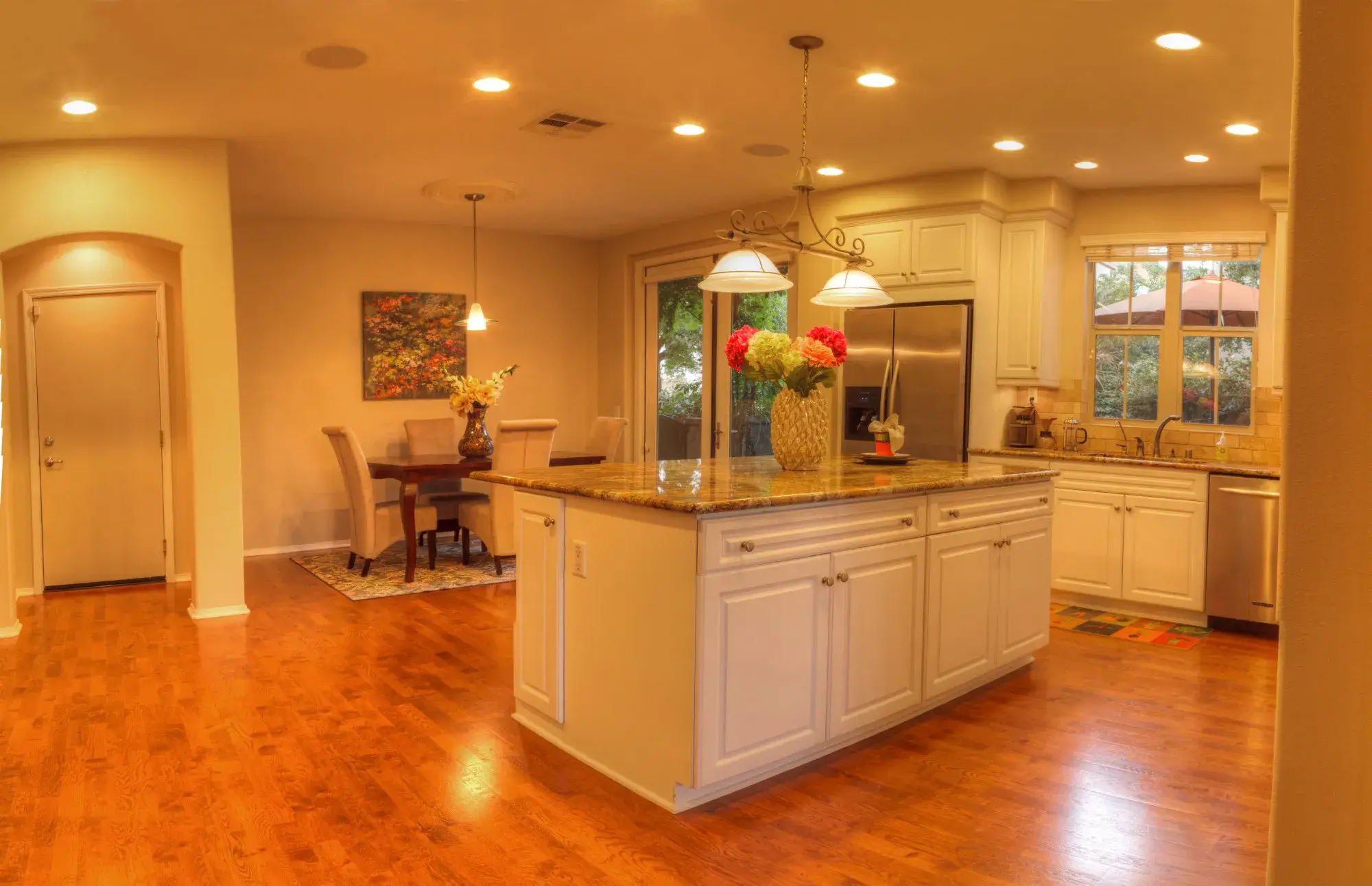Recessed lighting is not a good choice for rooms with low ceilings, high humidity, or insufficient insulation. Recessed lighting can make low ceilings look even lower, create glare and shadows, and reduce the overall brightness of the room. High humidity can cause moisture and corrosion problems for recessed fixtures, especially in bathrooms and kitchens. Insufficient insulation can lead to heat loss and fire hazards, as recessed lights create holes in the ceiling that allow air to escape.
Recessed lighting, also known as pot lights or can lights, is a popular option for many homeowners who want to create a modern and sleek look in their homes. Recessed lighting consists of light fixtures that are installed into the ceiling, creating a flush and seamless appearance. Recessed lighting can provide ambient, task, or accent lighting, depending on the placement, size, and type of the fixtures.
However, recessed lighting is not suitable for every room or situation. There are some drawbacks and limitations to using recessed lighting that you should be aware of before you decide to install them in your home. Here are some of the reasons why you should not use recessed lighting in certain rooms or scenarios.
Low Ceilings
Recessed lighting is not a good option for rooms with low ceilings, typically less than 8 feet high. Recessed lighting can make low ceilings look even lower, as the fixtures create a downward light that draws attention to the ceiling. Recessed lighting can also create glare and shadows, as the light is concentrated in a narrow beam that does not spread evenly across the room. This can make the room look dark and gloomy, and reduce the visibility and comfort of the occupants.
A better alternative for rooms with low ceilings is to use surface-mounted lighting, such as flush or semi-flush fixtures, that provide a more diffuse and uniform light. Surface-mounted lighting can also add some visual interest and style to the ceiling, making it look more spacious and inviting.
High Humidity
Recessed lighting is not a good option for rooms with high humidity, such as bathrooms and kitchens. High humidity can cause moisture and corrosion problems for recessed fixtures, especially if they are not properly sealed and rated for wet or damp locations. Moisture can enter the fixture and damage the wiring, the bulb, or the trim. Corrosion can affect the metal parts of the fixture, such as the housing, the clips, or the screws, and cause them to rust or deteriorate.
A better alternative for rooms with high humidity is to use lighting fixtures that are designed and rated for wet or damp locations, such as vanity lights, pendant lights, or chandeliers. These fixtures are more resistant to moisture and corrosion, and can also add some personality and charm to the room.
Insufficient Insulation
Recessed lighting is not a good option for rooms with insufficient insulation, such as attics, basements, or older homes. Insufficient insulation can lead to heat loss and fire hazards, as recessed lights create holes in the ceiling that allow air to escape. Heat loss can increase your energy bills, as you will need to use more heating or cooling to maintain a comfortable temperature in the room. Fire hazards can occur if the recessed fixtures come into contact with flammable materials, such as wood, paper, or insulation, and cause them to ignite.
A better alternative for rooms with insufficient insulation is to use lighting fixtures that are insulated or airtight, such as IC-rated or AT-rated recessed lights. These fixtures are designed to prevent heat loss and fire hazards, as they have a layer of insulation or a seal that covers the hole in the ceiling. These fixtures are also more energy-efficient, as they reduce the amount of air leakage and heat transfer.
Conclusion
Recessed lighting is a versatile and attractive option for many rooms and situations, but it is not a one-size-fits-all solution. There are some cases where recessed lighting is not a good choice, such as rooms with low ceilings, high humidity, or insufficient insulation. In these cases, you should consider using other types of lighting fixtures that are more suitable and safe for your specific needs and preferences.

